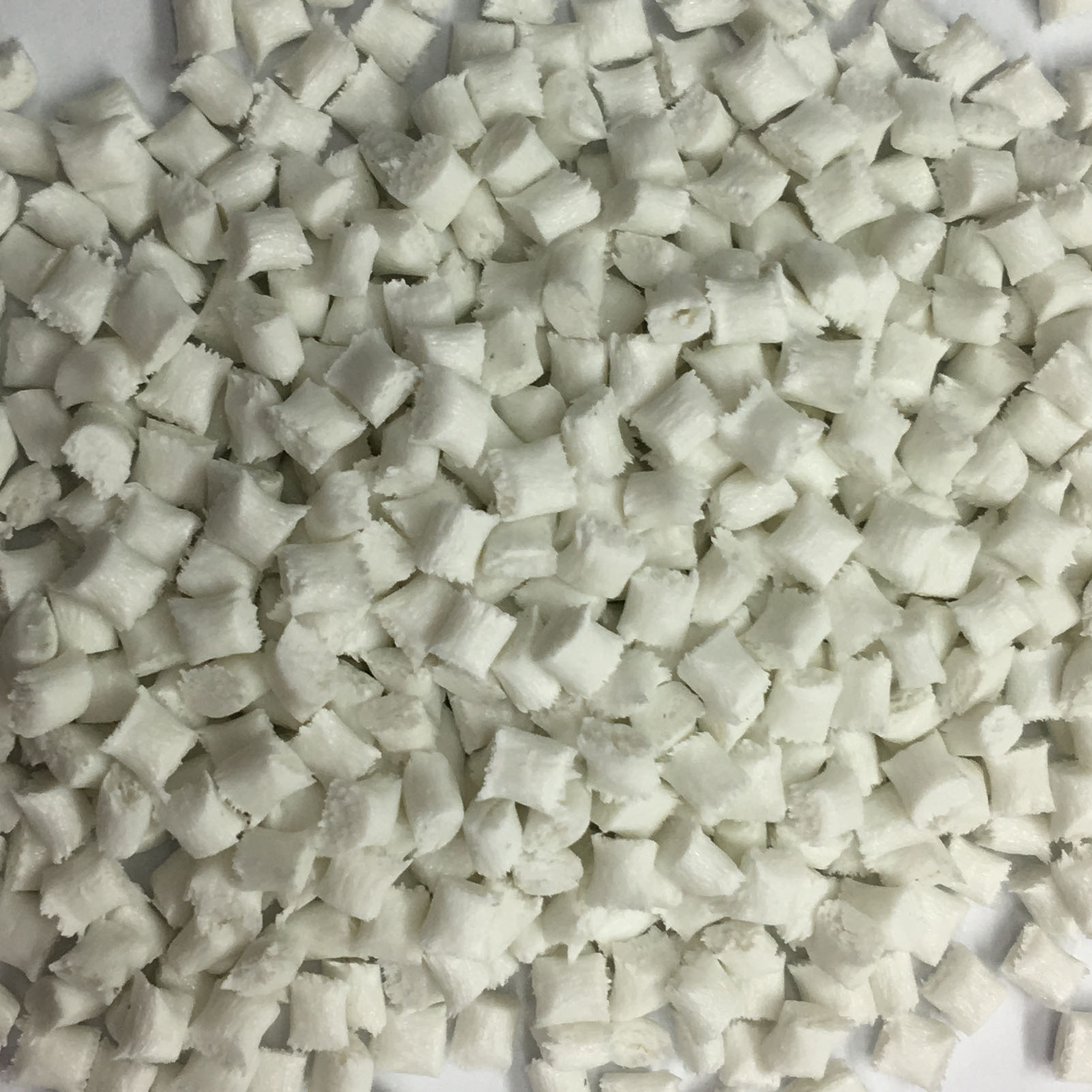Plastic raw materials can be divided into several categories
At present, there is no exact classification of plastics. The general classification is as follows:
1. according to the use of Plastics:
① universal Plastics: generally refers to plastics with large output, wide use, good formability and low price. Including: Polyethylene (PE), polypropylene (PP), polystyrene (PS), acrylonitrile butadiene styrene (ABS), polyvinyl chloride (PVC), polymethylmethacrylate (PMMA), epoxy resin (EP), phenolic resin (PF), polyurethane (PU) and unsaturated polyester.
② Engineering Plastics: generally refers to the plastics that can bear certain external forces, have good mechanical properties and dimensional stability, maintain its excellent performance at high and low temperatures, and can be used as engineering structural parts. It includes five kinds: polyamide (PA), polybutylene terephthalate (PBT), polyethylene terephthalate (PET), polycarbonate (PC), Polyoxymethylene (POM) and polyphenylene oxide (PPO).
③ special plastics: generally refer to plastics with special functions (such as heat resistance, self lubrication, etc.) and applied to special requirements. Such as polyphenylene sulfide (PPS), polysulfone (PSU), polyether sulfone (PES), polytetrafluoroethylene (PTFE) and other fluoroplastics, polyether ether ketone (PEEK).
2. according to the physical and chemical properties of Plastics:
① thermoplastic: refers to the plastic that can be repeatedly heated, softened and cooled and hardened within a specific temperature range. Such as polyethylene, PVC plastic, etc.
② thermosetting plastics: plastics that can be solidified into insoluble materials due to heating or other conditions. Such as phenolic plastic, epoxy plastic, etc.

3. according to plastic forming method:
① molded plastic: resin mixture for molding. Such as general thermosetting plastics.
② laminated plastic: refers to the fiber fabric impregnated with resin, which can be laminated and hot pressed to form a whole material.
③ injection, extrusion and blow molding: generally refers to the resin mixing section that can melt and flow at the barrel temperature and harden rapidly in the mold. Such as general thermoplastic.
④ cast plastic: the liquid resin mixture that can be poured into the mold without pressure or with a little pressure and can harden into a certain shape product. Such as MC nylon.
⑤ reaction injection molding compound: it generally refers to the liquid raw material, which is pressurized and injected into the mold cavity to make its reaction solidify to produce the finished product. Such as polyurethane.
4. divided by plastic semi-finished products and products
① molding powder: also known as plastic powder, it is mainly obtained by fully mixing, pressing and crushing thermosetting resin (such as phenolic resin) and filler. Such as phenolic plastic powder.
② reinforced plastic: it is a kind of plastic with reinforced materials and some mechanical properties are greatly improved compared with the original resin.
③ foamed plastic: plastic with many micropores inside.
④ film: generally refers to flat and soft plastic products with a thickness of less than 0.25mm.
This article is from PBT engineering plastics:http://xrtsm.com.cn/
-
04-13
PVC Engineering Plastics: how PVC plastic pipes are formed
The forming process of PVC plastic pipes should start from the raw materials of PVC plastic granules, which can be divided into soft PVC and hard PVC according to the added amount of stabilizer, plast
-
11-12
What is the filling property of Jiangmen engineering plastics
What is the filling property of Jiangmen engineering plasticsIn recent years, PC modified plastics have developed rapidly in China, and its industrial system is gradually established and improved. Th
-
10-08
Jiangmen Engineering Plastics: how to classify Jiangmen engineering plastics?
How to classify Jiangmen engineering plastics? 1. Classification by application characteristicsAccording to the different application characteristics of famous plastics, plastics are usually divided
-
08-30
Application scope of PBT engineering plastics
PBT engineering plastics are widely used in electronics, car industry, office machinery and other fields. In Japan and the developed countries in Europe, PBT engineering plastics are mainly used in t